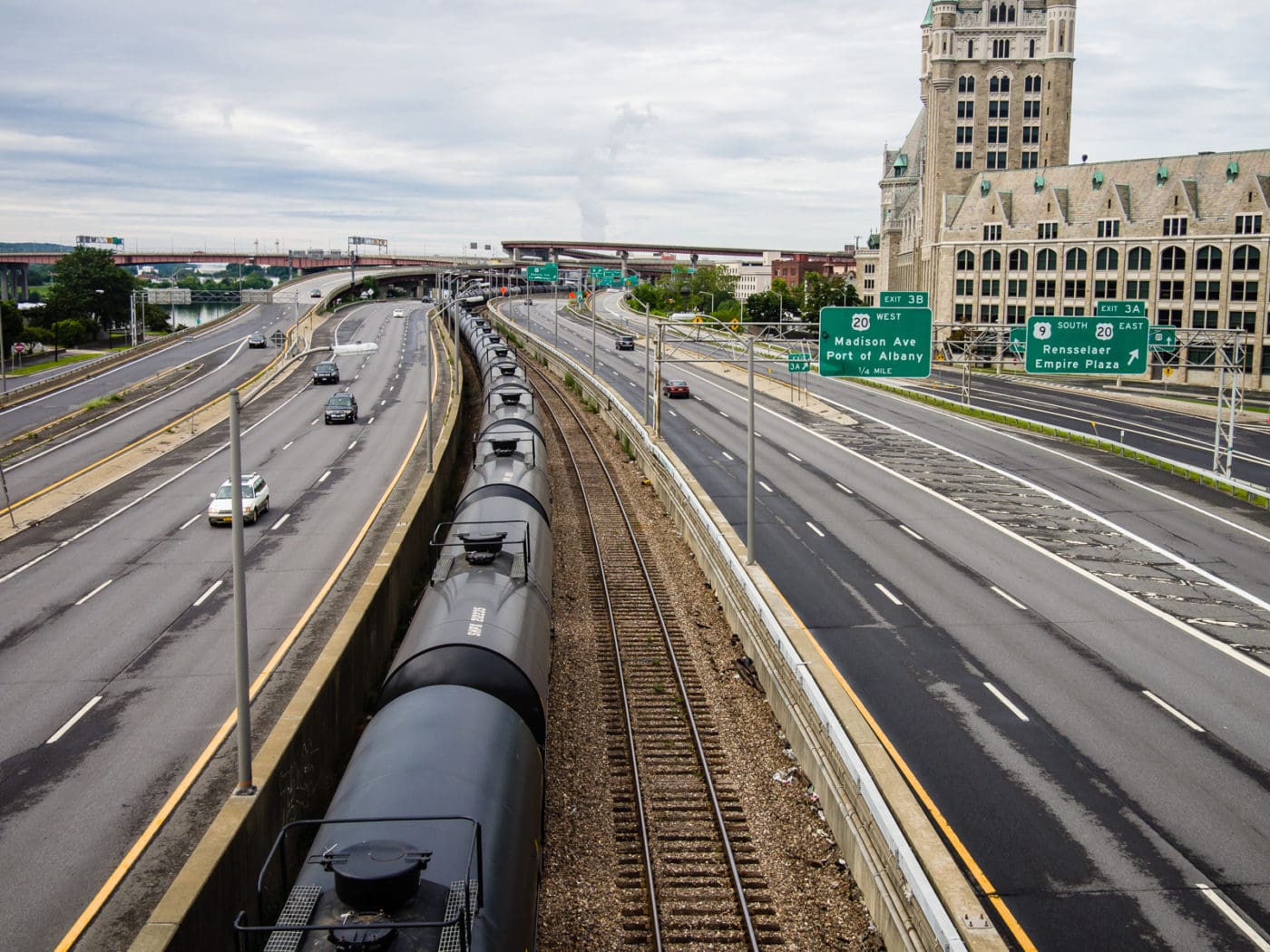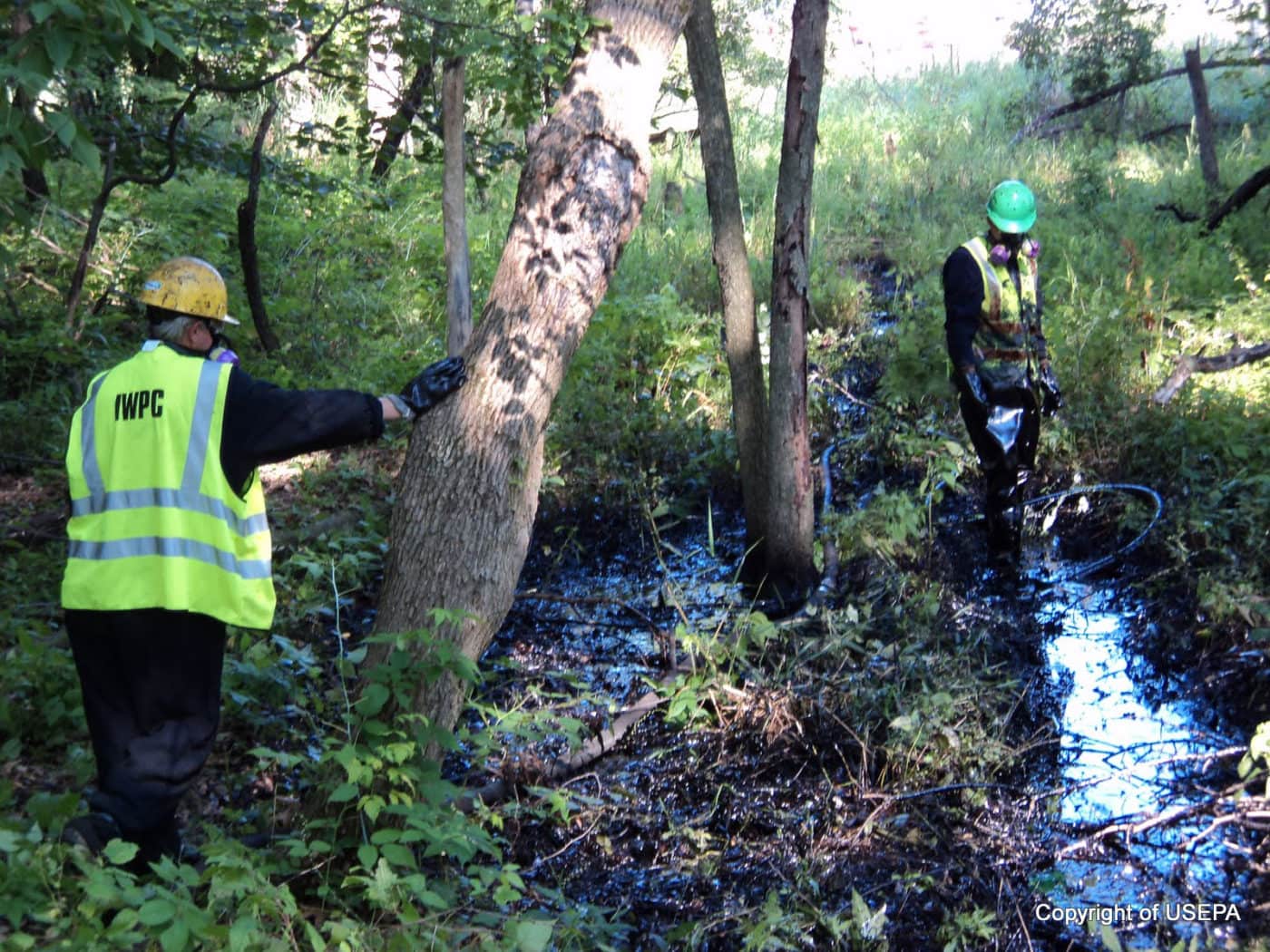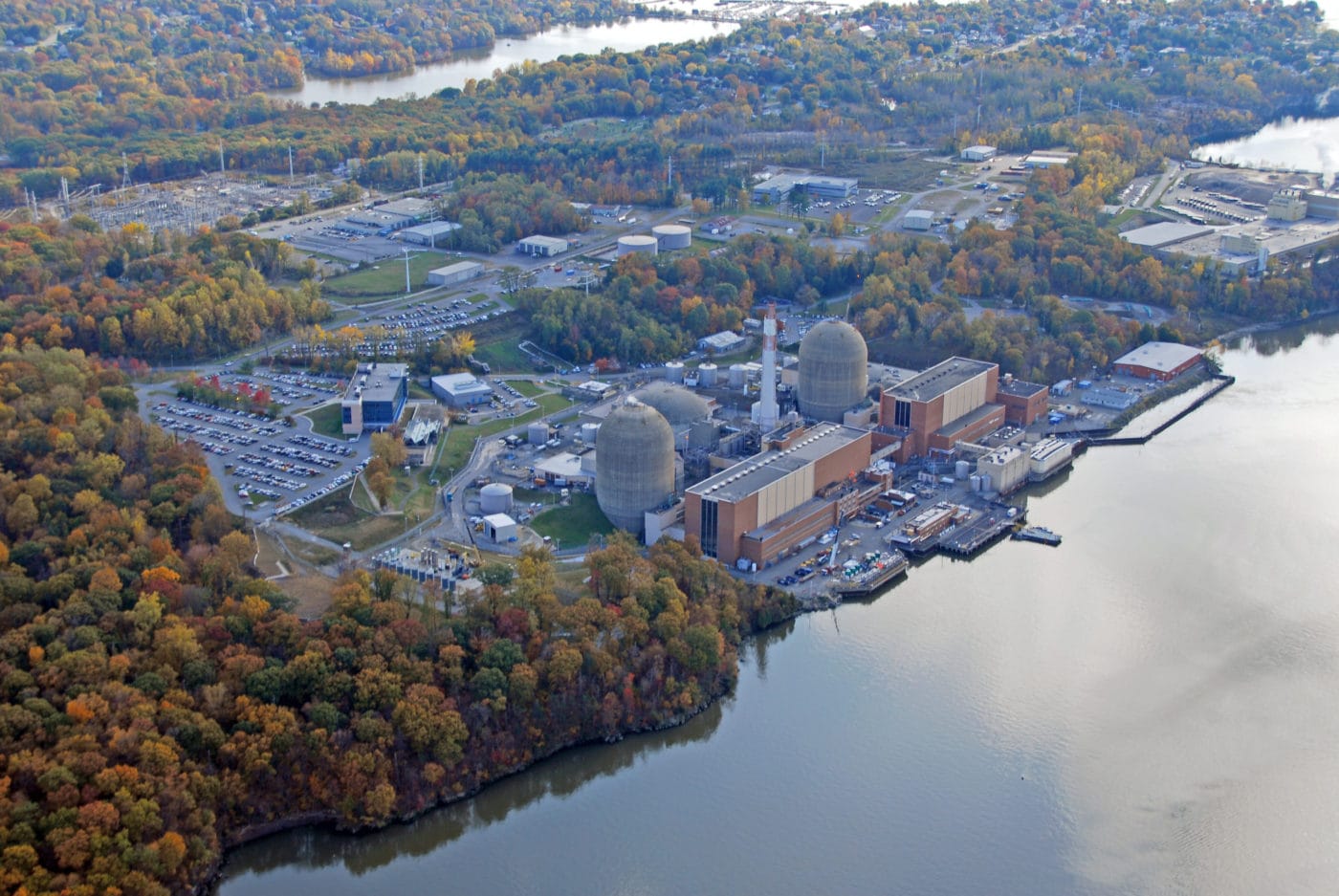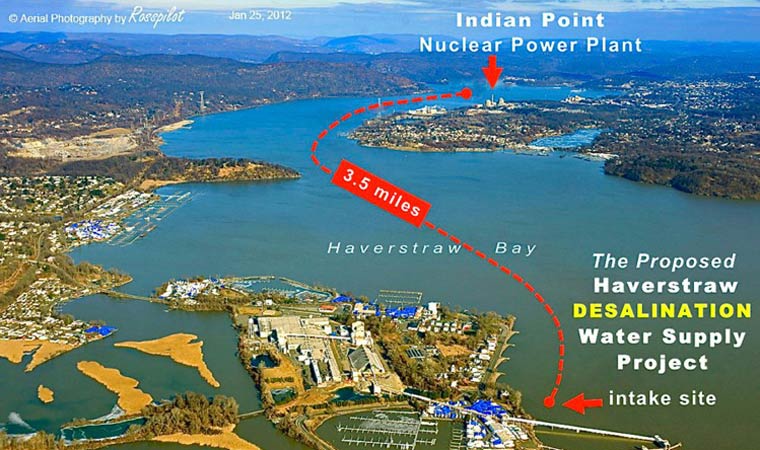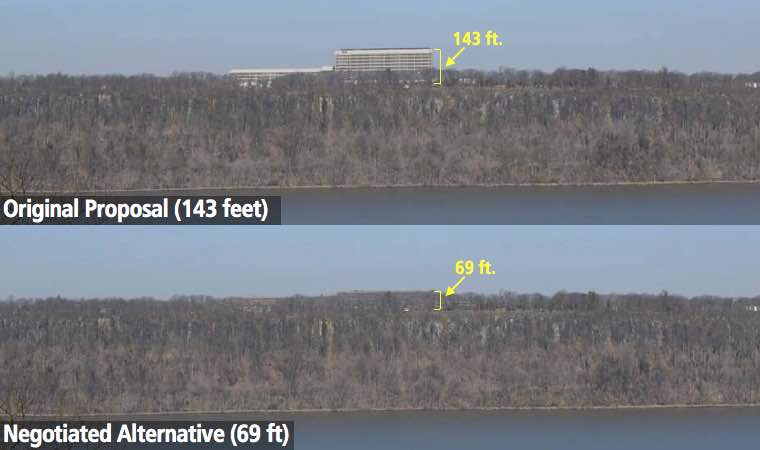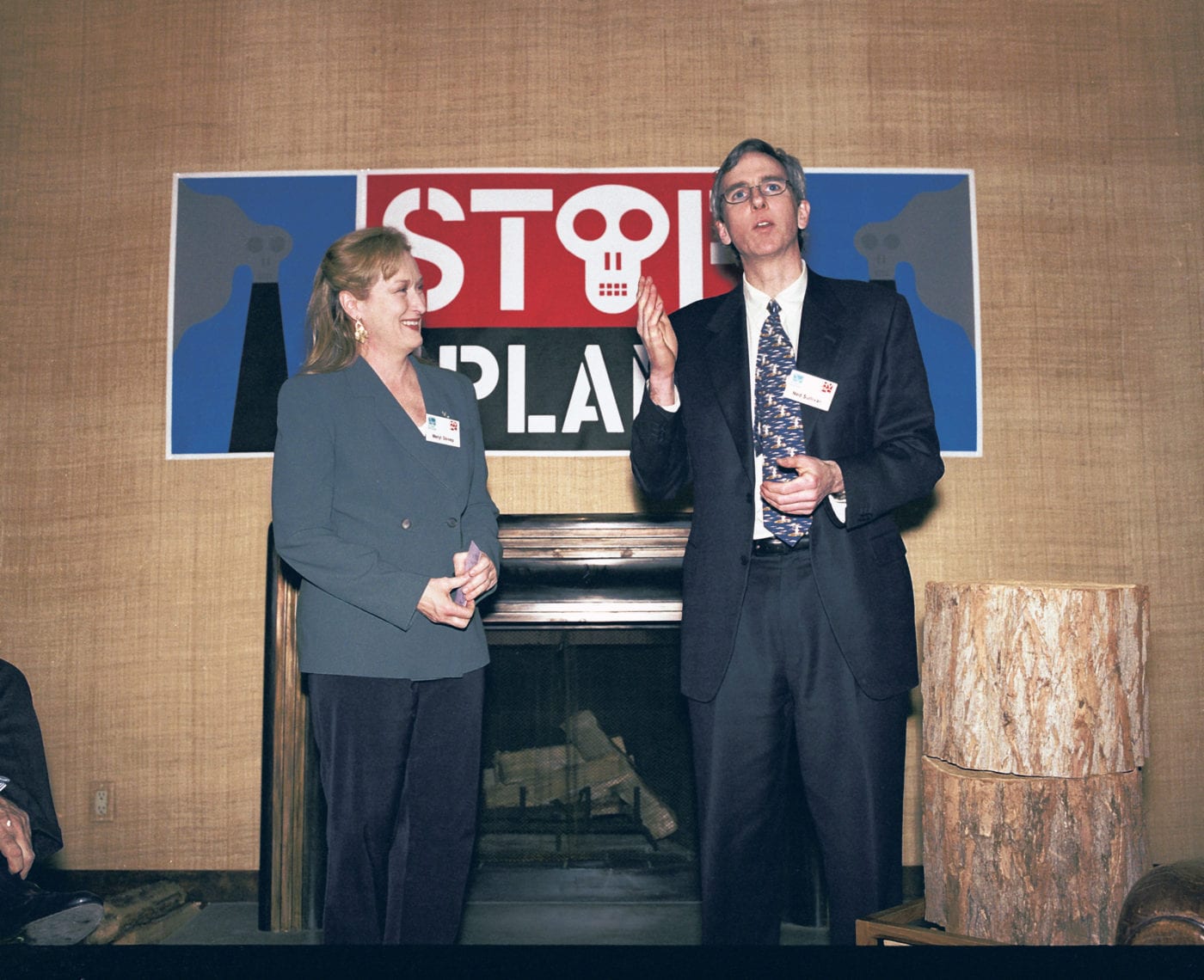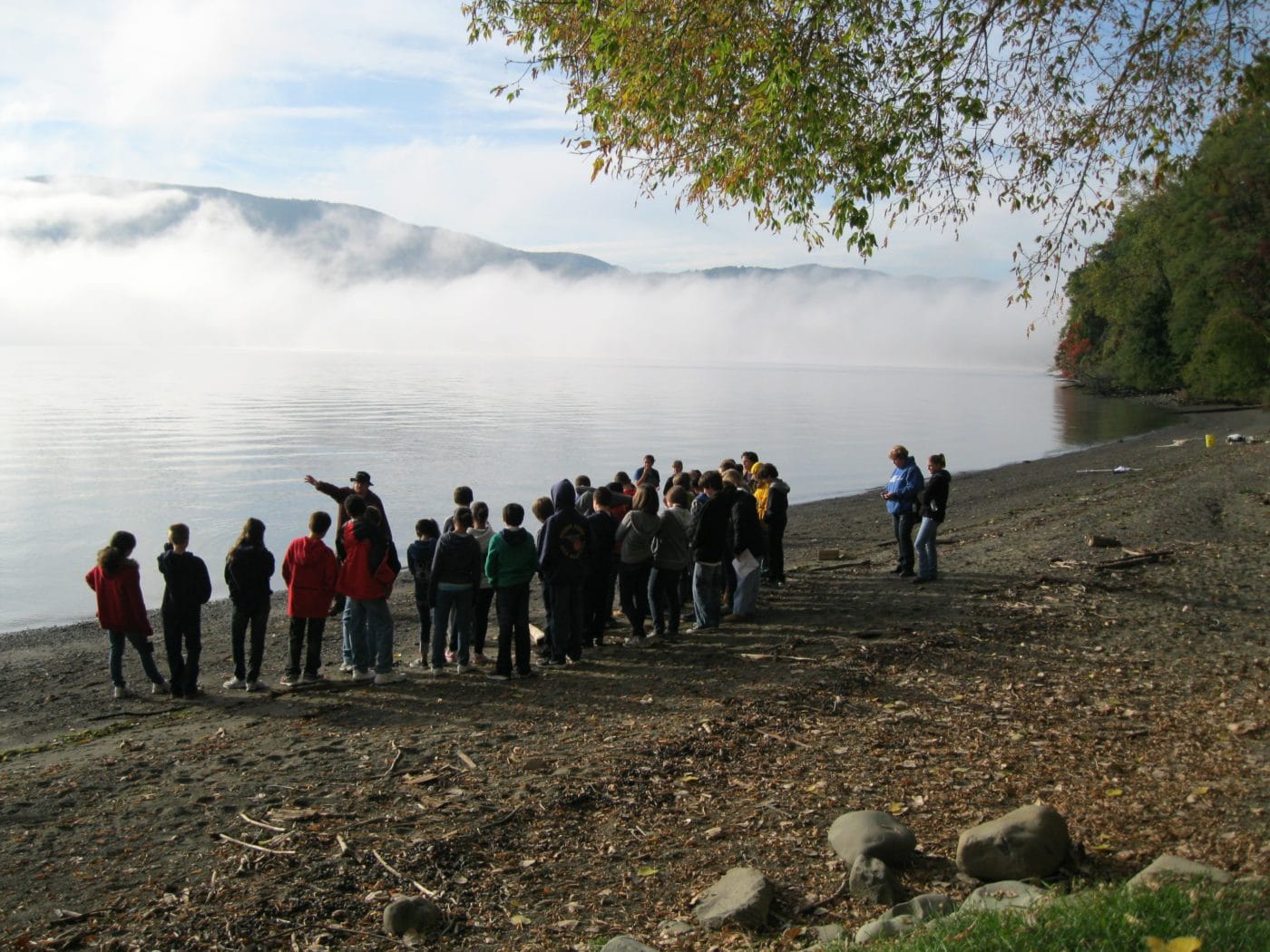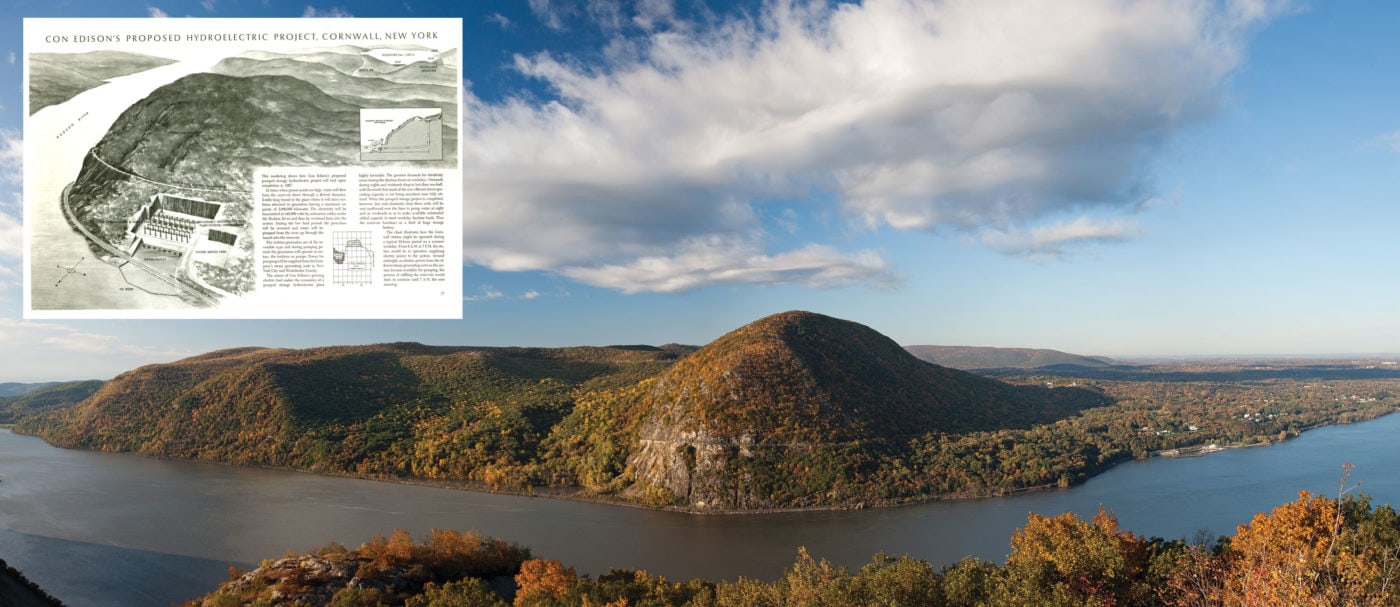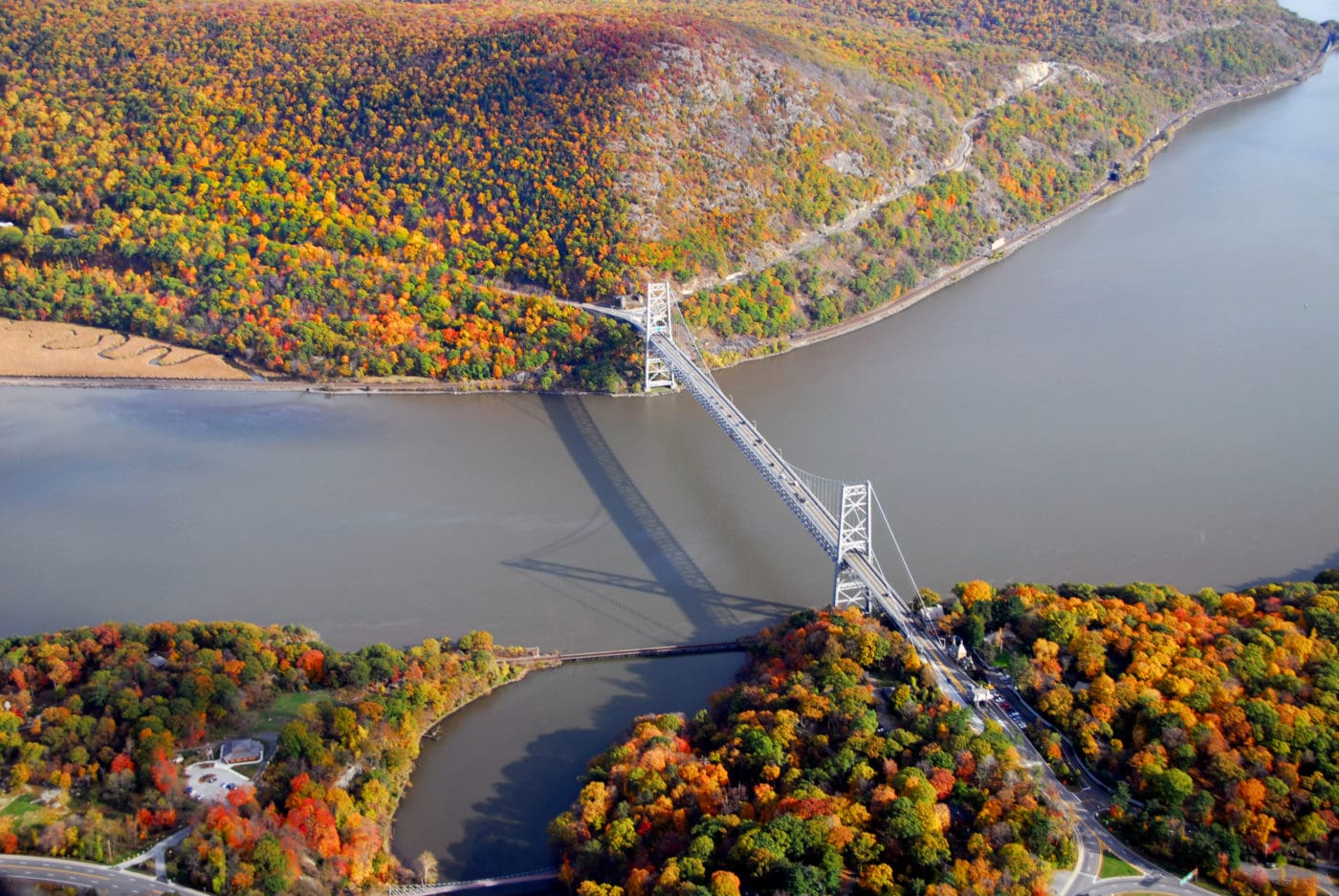Hudson River Toxic PCB Cleanup
Scenic Hudson is an integral part of the ongoing legacy campaign to heal the Hudson from contamination
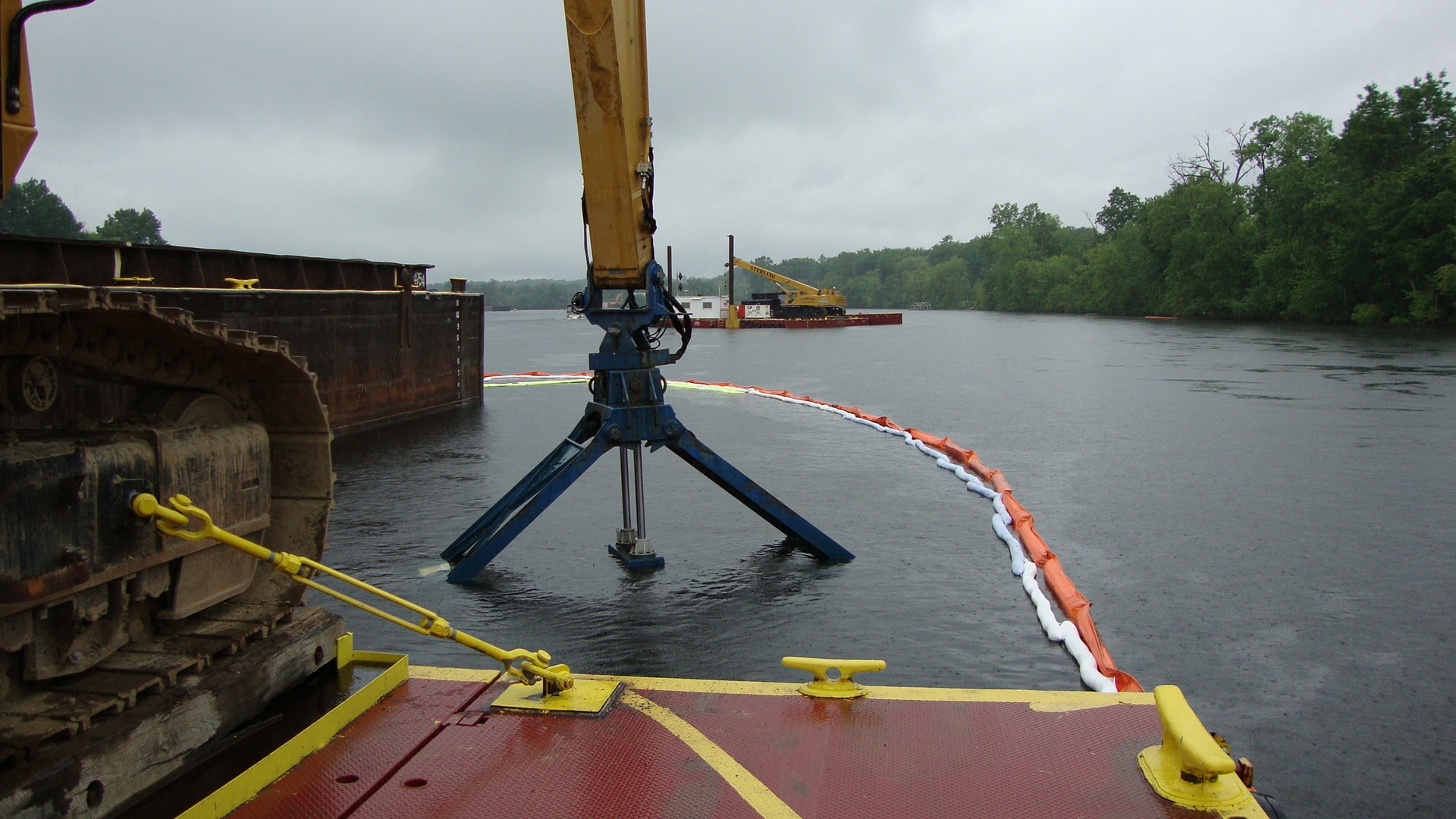
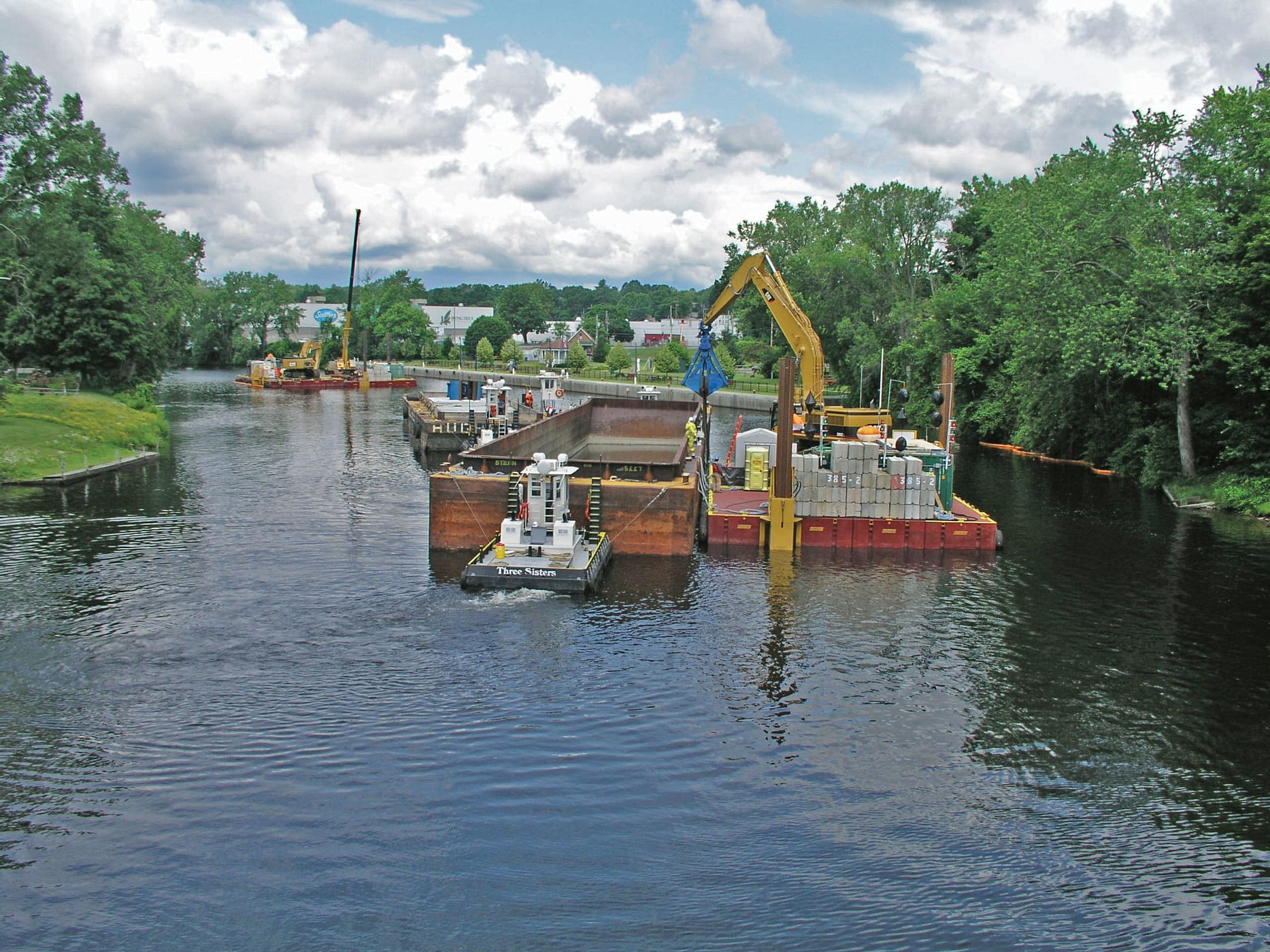
Quick overview
For 40 years, Scenic Hudson has been leading the fight for a comprehensive cleanup of millions of pounds of cancer-causing polychlorinated biphenyls (PCBs) that General Electric dumped in the Hudson River from the 1940s to the 1970s. PCBs, known as one of the “forever chemicals” because they don’t readily break down in the environment, have also been linked to neurological damage, asthma, and diabetes.
In 1984, the U.S. Environmental Protection Agency (EPA) deemed a 197-mile stretch of the river, from Hudson Falls in the Adirondack foothills to the Battery in New York City, a federal Superfund site. Despite the fact that GE completed six years of dredging of contaminated “hotspots” in the upper Hudson (2009-2015), significant amounts of these toxins remain in the river’s water, sediment, and fish.
Every five years, the EPA is required to review the PCB cleanup process and determine if it is complete or if there is more to be done. (In 2018, the EPA decided to “defer” the determination until more fish tissue data could be gathered.) The next review is expected to be made public in early 2024.
In anticipation of the release of the EPA’s review, Friends of a Clean Hudson, a coalition of environmental organizations including Scenic Hudson, released a report in November 2023 detailing how the dredging of the Upper Hudson River is not working as intended. The independent report found that neither fish nor sediment are recovering at the rates needed to achieve key goals first laid out in the 2002 Superfund Record of Decision. Read the executive summary here.
The science is crystal clear. Scenic Hudson is now calling on the EPA to do the right thing — and acknowledge in their forthcoming review that the dredging of the Upper Hudson River “is not protective of human health and the environment.”
Senator Kirsten Gillibrand (D-NY) is also determined to get the Hudson River PCB cleanup on the right track. In February 2024, Scenic Hudson participated in a press conference held by the Senator. “Nearly a decade after efforts to get PCBs out of the Hudson ended, it’s clear that the cleanup hasn’t decreased PCB concentrations to target levels,” said Sen. Gillibrand. “I’m calling on the EPA to acknowledge the insufficiency of the dredging remedy and to begin to investigate additional options to clean up the Hudson for good. I’m determined to get this done.”
What's at stake?
- A 200-mile stretch of the river — from the foothills of the Adirondacks to New York Harbor — remains one of America’s largest Superfund sites.
- PCBs have accumulated in the land, sediment and food web all along the river, harming wildlife as well as humans who come in contact with these toxins through the water and air.
- It is unsafe to eat fish from the river, and particularly dangerous to children and women of child-bearing age.
- The contamination has caused a growing environmental justice issue:
- Many immigrant populations rely on fish from the river as part of their diet. A Scenic Hudson survey indicated that low-income anglers in the lower Hudson who are Black, Indigenous, or People of Color are most likely to consume fish in levels exceeding state Department of Health advisories.
- Of the fish species that have been surveyed, PCB levels are 10 or more times higher than the U.S. Food and Drug Administration’s standards for safe consumption.
- PCB contamination postpones significant economic opportunities along the riverfront, as well as resumption of a once-lucrative commercial fishing industry.
- It also prevents the river’s fullest potential for being an engine of the valley’s tourism economy.
Scenic Hudson and partners have long fought for GE to take responsibility for their toxic dumping. We remain present at every stage of this historic remediation and continue to press for the most comprehensive cleanup possible. Scenic Hudson will continue this fight, as long as it takes, so that all residents and visitors — particularly subsistence fishers and residents of waterfront communities — get the cleanup they deserve.
How can I get involved?
- Join the fight to heal the Hudson — we all deserve a clean and healthy river. With just a few clicks you can send a message to the EPA and let them know: it’s time to get the PCB cleanup going!
- Read the report and speak with state and local officials to push for a cleanup that the Hudson River and all New Yorkers deserve.
- Stay informed about this campaign!
Success Stories
Expanded Crude Oil Operations (Albany)
Pilgrim Pipelines (Hudson Valley)
Indian Point Nuclear Power Plant (Buchanan)
Desalination Plant (Haverstraw)
LG Headquarters (Englewood, New Jersey)
St. Lawrence Cement Plant (Hudson)
Riverfront Towers (Yonkers)
Sloop Hill (New Windsor)
Storm King Mountain (Cornwall)
Bear Mountain Bridge
RESOURCES
- Take Action Flyer, July 11, 2017
- Take Action Flyer (Spanish), July 11, 2017
- Talking Points for EPA Comments, June 28, 2017
- Take Action Flyer, June 19, 2017
- Take Action Flyer (Spanish), June 19, 2017
- Take Action Flyer, May 2, 2017
- PCB Fact Sheet, May 1, 2017
- PCB Social Media “Meme” for Sharing, May 1, 2017
News Release: “Cuomo Administration and State Attorney General’s Office Call on EPA Not to Let GE Quit PCB Cleanup Before it’s Done,” Feb. 5, 2019
News Release: “Scenic Hudson Statement about Results of New DEC Sampling Study of PCB Contamination,” Dec. 20, 2018
News Release: “Analysis Shows “Significant” PCB Recontamination Has Occurred in Dredged Areas of Upper Hudson River,” Dec. 3, 2018
News Release: “Cuomo Administration and State Attorney General’s Office Call on EPA Not to Let GE Quit PCB Cleanup Before it’s Done,” Nov. 29, 2017
News Release: “Flawed Data and Analysis Fatally Undermine EPA’s Findings that Hudson PCB Cleanup Will Protect Environment and Public Health,” Sept. 5, 2017
News Release: “Scenic Hudson Statement on DEC Review Concluding that PCB Cleanup Fails to Protect Public Health, Environment,” Dec. 20, 2016
News Release: “Scenic Hudson Commends Members of Congress for Urging EPA to Continue Hudson River PCB Cleanup,” Dec. 14, 2016
Letter: Associated General Contractors to US EPA, July 6, 2018
Letter: NYS Attorney General to US EPA re: Superfund Certificate of Completion, Nov. 22, 2017
Letter: NYS Attorney General to US EPA re: Superfund Certificate of Completion, Nov. 22, 2017
Letter: Scenic Hudson to US EPA re: Superfund Certificate of Completion, Oct. 27, 2017
Letter: “Submission of Remedial Action Completion Report,” GE to EPA, Dec. 23, 2016
Letter to EPA from NYSDEC Commissioner Basil Seggos, Dec. 20, 2016
Letter to EPA from New York Congressional Delegation, Dec. 2, 2016
Letter to EPA from U.S. Rep. Paul Tonko, Dec. 1, 2016
Letter to EPA from Scenic Hudson and Riverkeeper, Nov. 10, 2016
Letter to EPA from U.S. Rep. Chris Gibson, Sept. 28, 2016
Letter to Governor Cuomo from 141 Members of the NYS Assembly regarding PCBs in the Hudson River, June 9, 2015
Letter to Governor Cuomo from 25 NYS Senators regarding PCBs in the Hudson River, June 26, 2015
Letter to Governor Cuomo from NYS Environmental Leaders regarding PCBs in the Hudson, Oct. 18, 2015
Supplemental Findings: “Hudson River PCBs Site Proposed Second Five Year Review–Supplement to Technical Review,” Feb. 2019, PDF 3.8 MB
Summary Findings: “Hudson River PCBs Site Proposed Second Five Year Review Report – Technical Review” June 2017, PDF 320K
Summary: Technical Review of EPA Five-Year Review, Sept. 5, 2017
NYSDEC Independent Analysis, Dec. 20, 2016
NYSDEC Independent Report: “Recommendations to EPA for the ‘Five Year Review Report’ for Hudson River PCBs Site,” Dec. 20, 2016
Report: “Hudson River Angler Study,” Scenic Hudson and Sierra Club, Dec. 2016
Report: “Hudson River Fish Advisory Outreach Project, 2009-2016 Project Update,” NYS Department of Health, Oct. 2016
Report: Preliminary Results of Hudson River Fish Consumption Surveys, NYS Department of Health, Sept. 2016
Help Needed from Trump, Cuomo to Halt Hudson River Threats, Ned Sullivan, Huffington Post, Jan. 31, 2017
“New York to EPA: Don’t Approve GE’s Cleanup of Hudson,” Wall Street Journal, Sept. 16, 2016
Letter to EPA from New York Attorney General Eric Schneiderman asserting that the EPA cannot certify the cleanup as complete, Sept. 16, 2016
“G.E. Spent Years Cleaning Up the Hudson. Was It Enough?“, New York Times, Sept. 8. 2016
Press Conference: “DEC Challenges Effectiveness of EPA’s Remedy for Hudson River Cleanup,” Aug. 22, 2016
Hillary Clinton statement “Clean Air, Clean Water are Basic Rights,” April 4, 2016
“Hudson Cleanup far from Complete,” op-ed by Ned Sullivan and Aaron Mair, Albany Times Union, Feb. 8, 2016
“Selling Out the Hudson,” New York Times, Oct. 9, 2015


